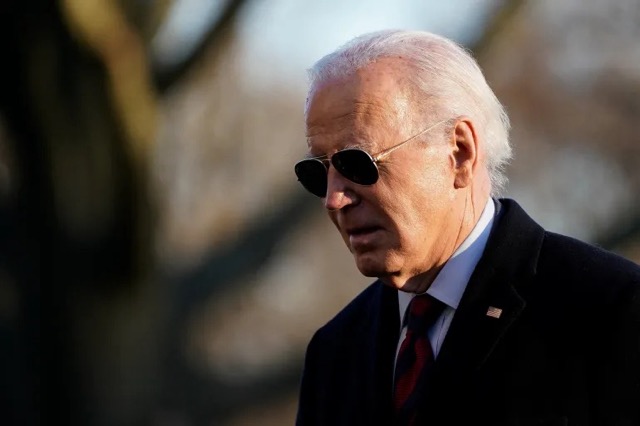President Biden has announced an updated emissions reduction goal for the United States in the final weeks of his presidency, but the ambitious green energy plan may face reversal under incoming President-elect Donald Trump.
In 2021, Biden committed the U.S. to reducing greenhouse gas emissions by 50-52% from 2005 levels by 2030. However, as part of the Paris climate agreement—which requires nations to update their Nationally Determined Contribution (NDC) every five years—Biden has now set an even higher target. His new goal, formally submitted to the United Nations Climate Change Secretariat, aims to cut emissions by 61-66% by 2035.
Despite these efforts, Trump has signaled plans to potentially withdraw the United States from the Paris climate treaty when he takes office. Speaking during his campaign, Trump told Politico he supports exiting the agreement, as he previously did during his first term in 2020.
The Paris agreement, established in 2015 at the U.N. Climate Change Conference, is a legally binding treaty involving nearly 195 parties. The U.S. joined under President Obama in 2016, withdrew under Trump in 2020, and reentered under Biden in 2021. Trump’s second withdrawal could occur more swiftly, according to experts.
Alternatively, Trump may choose to submit the treaty to the Senate for advice and consent, which would require a two-thirds vote for the U.S. to rejoin in the future. This move could create a significant obstacle for any subsequent administration attempting to recommit the country to the international climate framework.
The incoming administration’s approach to climate policy marks a stark departure from Biden’s efforts, potentially reshaping the global climate strategy and the U.S.’s role in it.
 Telegram is where we really talk. Don't miss out!
Telegram is where we really talk. Don't miss out!








